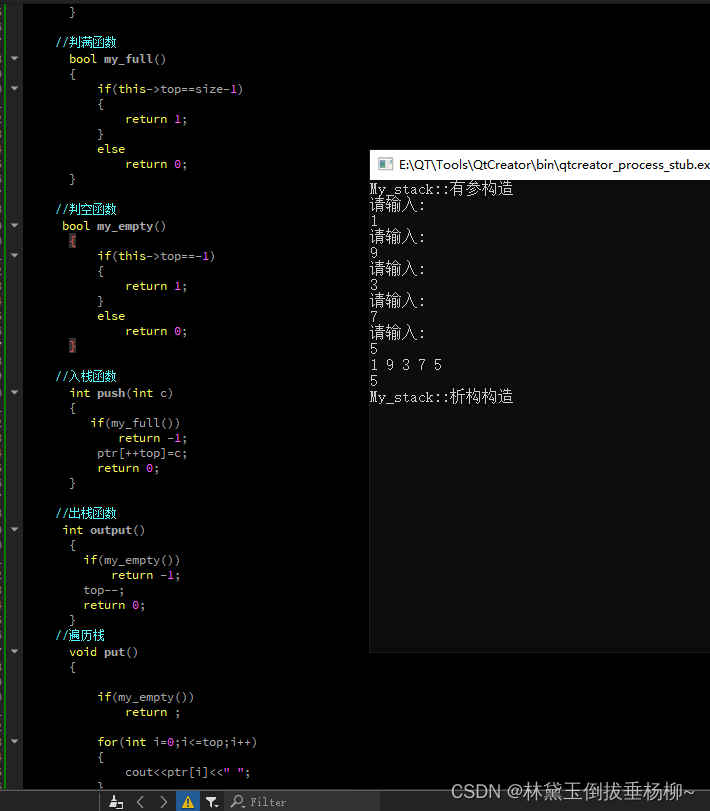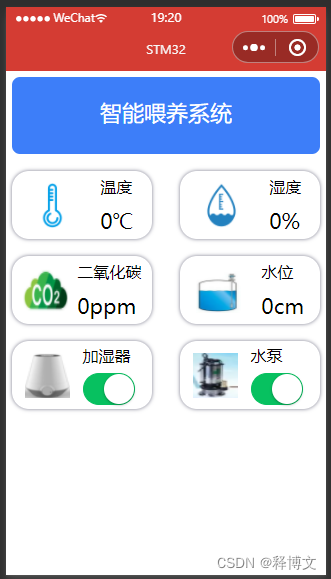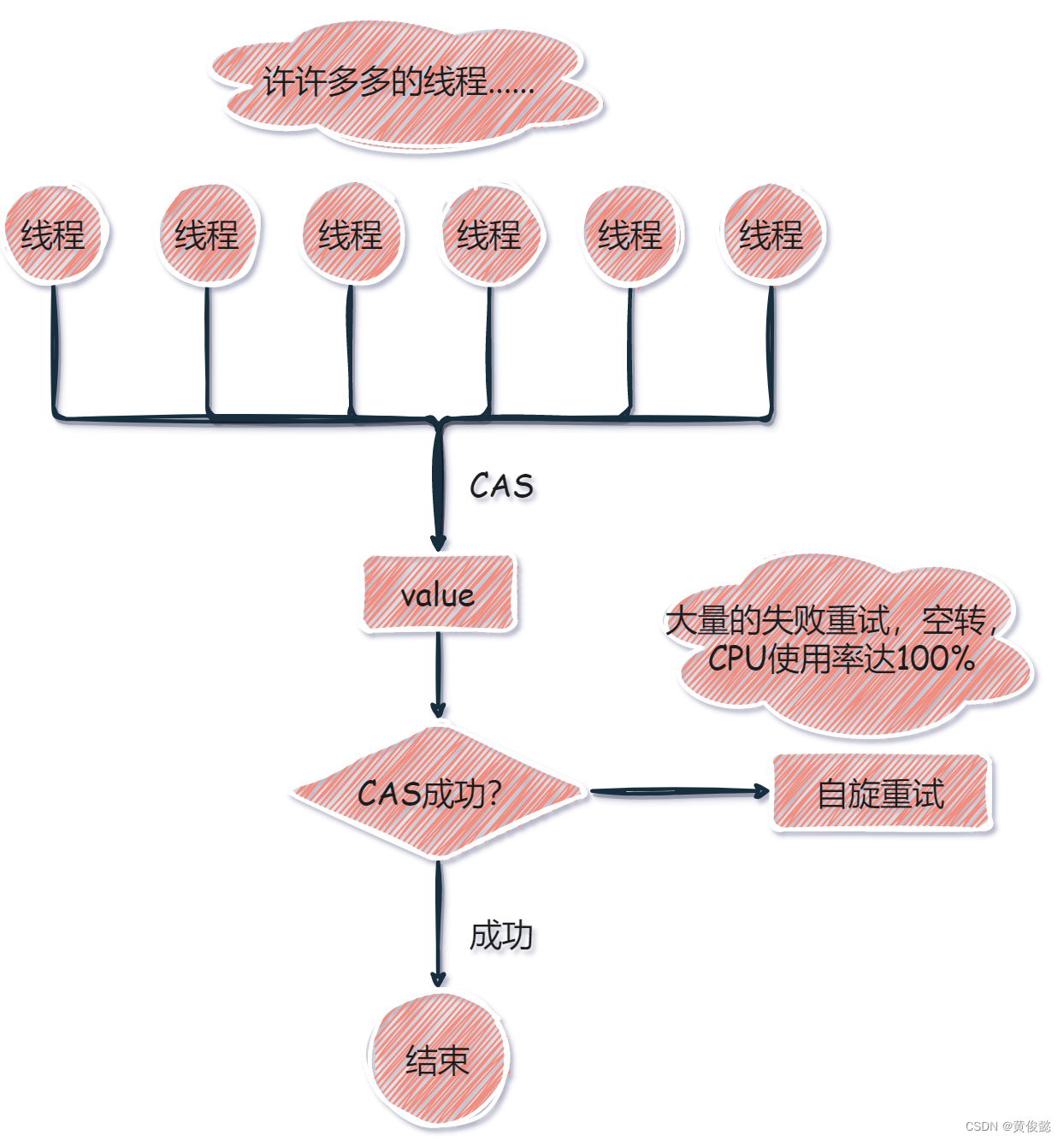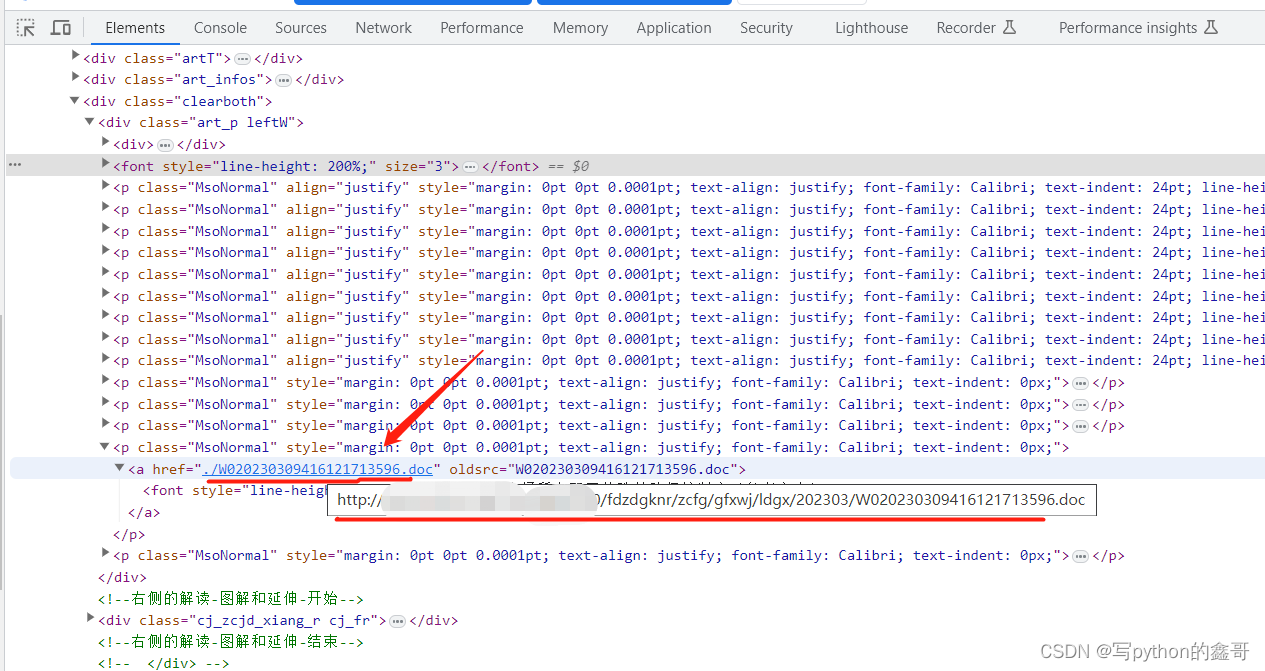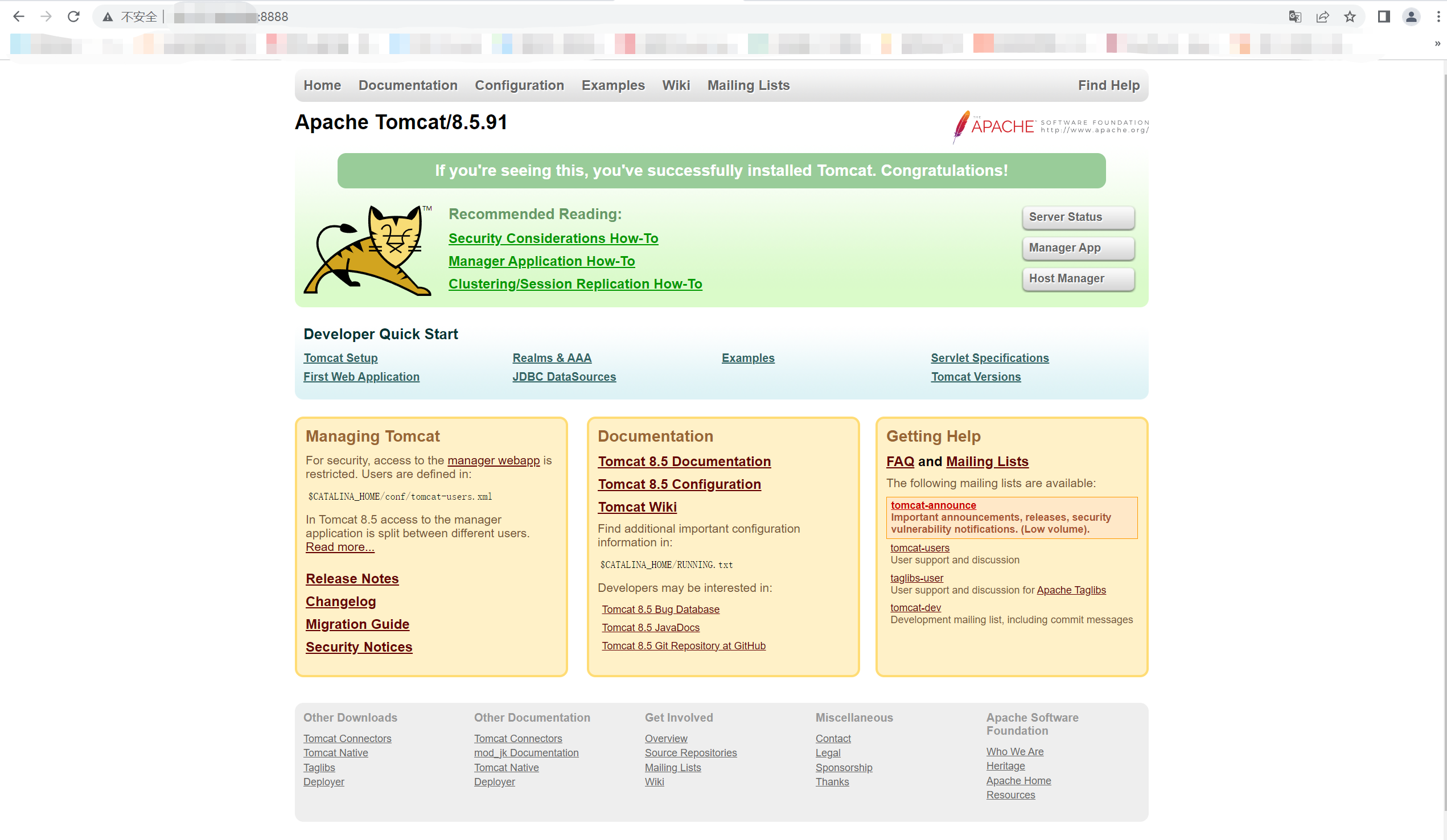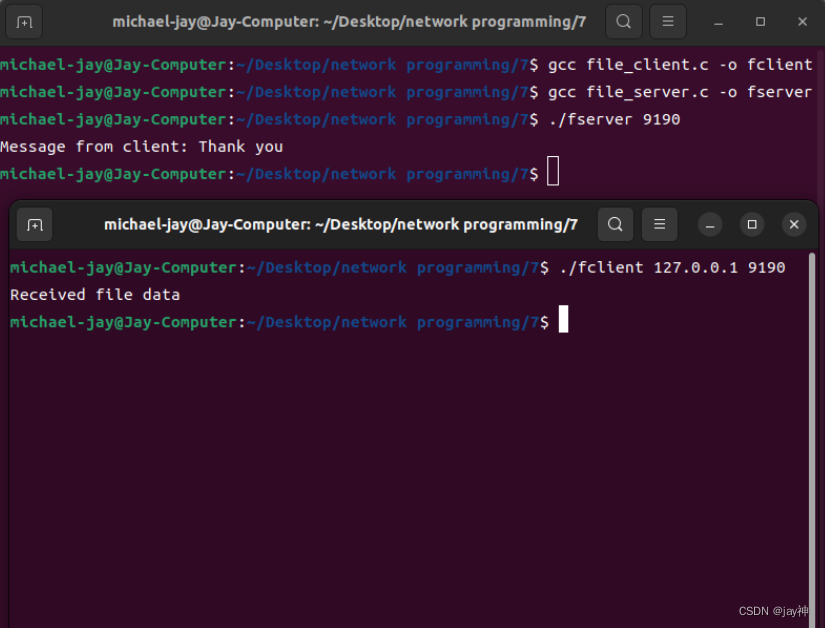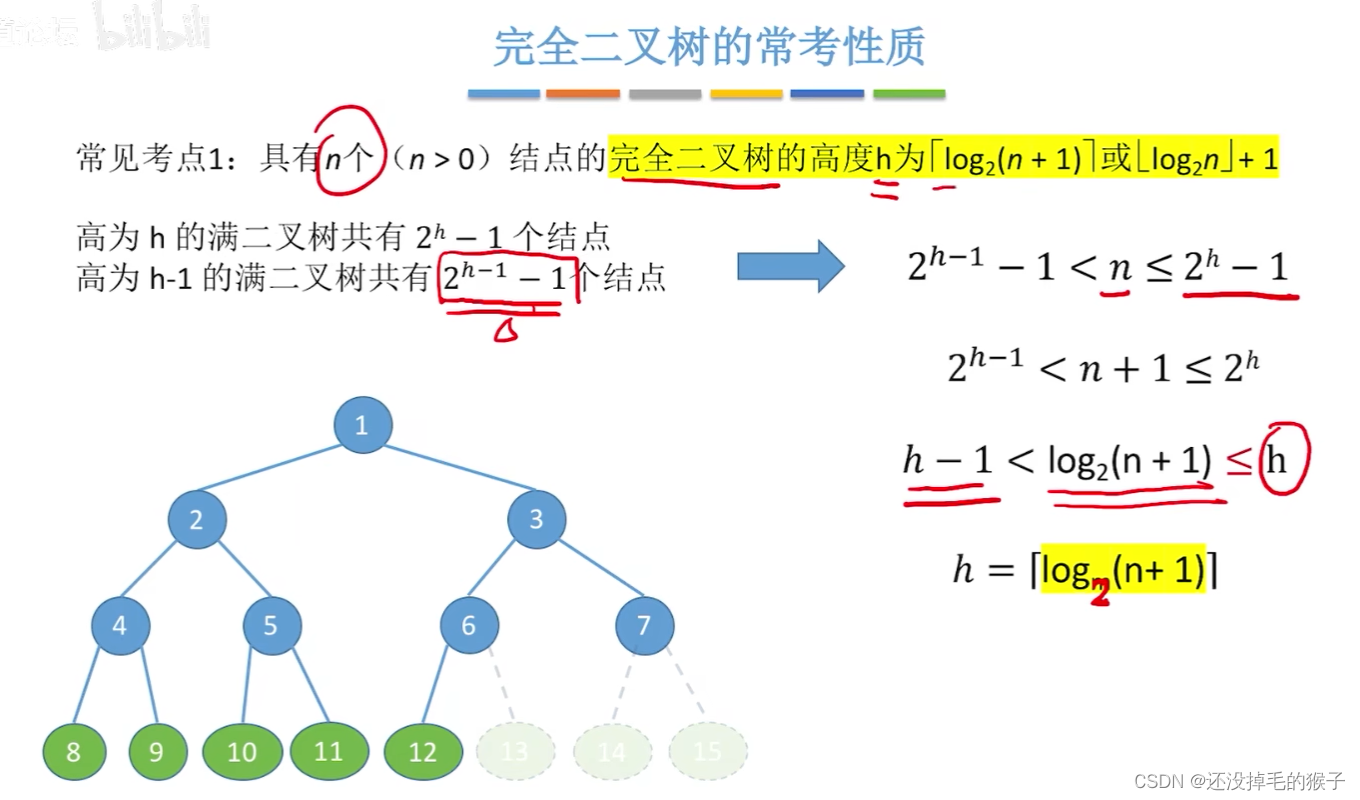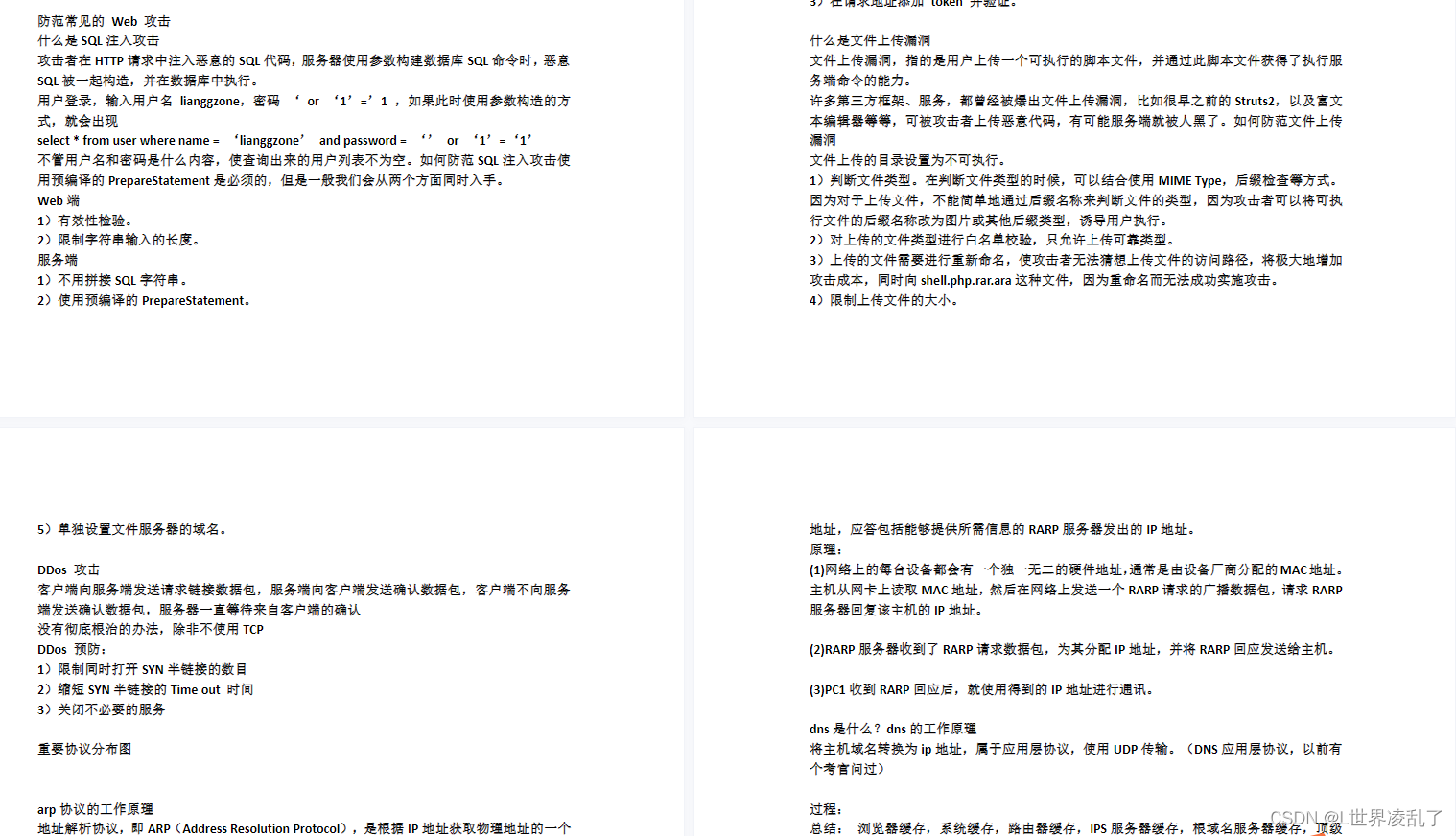
#include <iostream>
using namespace std;
class My_stack
{
private:
int *ptr; //指向堆区空间
int top; //记录栈顶元素
int size;
public:
//有参构造
My_stack(int size):ptr(new int[size]),top(-1)
{
this->size=size;
cout<<"My_stack::有参构造"<<endl;
}
//析构函数
~My_stack()
{
delete []ptr;
this->ptr=nullptr;
cout<<"My_stack::析构构造"<<endl;
}
//判满函数
bool my_full()
{
if(this->top==size-1)
{
return 1;
}
else
return 0;
}
//判空函数
bool my_empty()
{
if(this->top==-1)
{
return 1;
}
else
return 0;
}
//入栈函数
int push(int c)
{
if(my_full())
return -1;
ptr[++top]=c;
return 0;
}
//出栈函数
int output()
{
if(my_empty())
return -1;
top--;
return 0;
}
//遍历栈
void put()
{
if(my_empty())
return ;
for(int i=0;i<=top;i++)
{
cout<<ptr[i]<<" ";
}
cout<<endl;
}
//获取栈顶元素的引用
void my_top()
{
cout<<ptr[top]<<endl;
}
};
int main()
{
My_stack s(5);
int c;
for(int i=0;i<5;i++)
{
cout<<"请输入: "<<endl;
cin>>c;
getchar();
s.push(c);
}
s.put();
s.my_top();
return 0;
}
